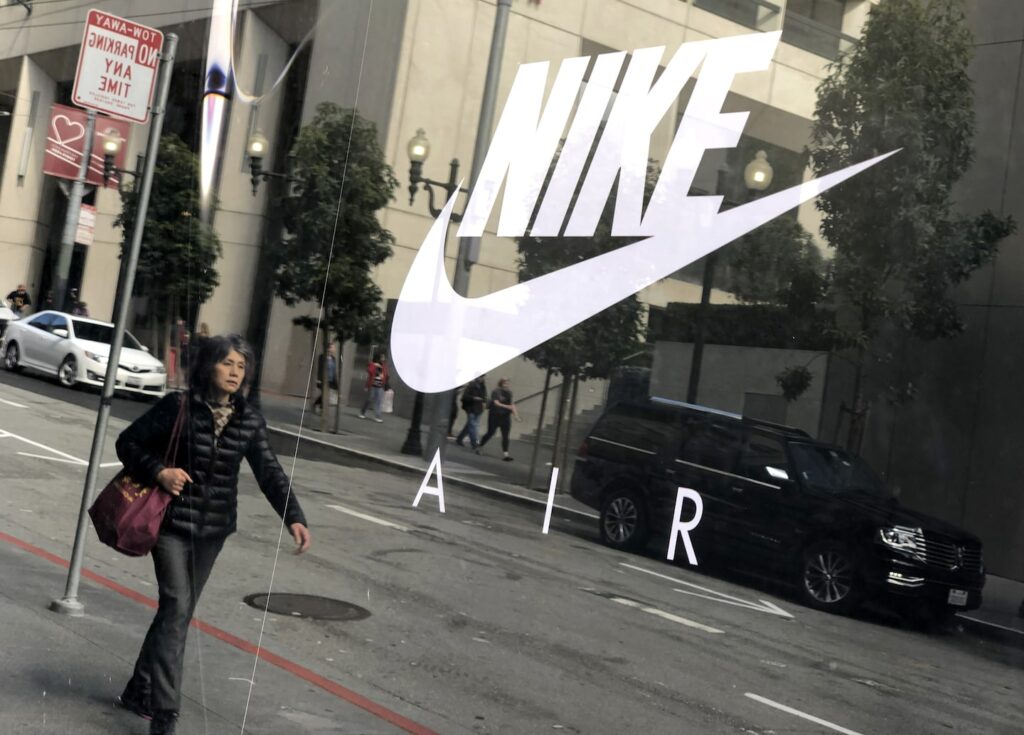Nike, one of the world’s most recognized sportswear brands, has had a significant impact on the fashion and athletic industries. Founded in 1964 by Bill Bowerman and Phil Knight, Nike has become synonymous with high-quality athletic footwear and apparel. In this article, we’ll explore Nike’s history, current initiatives, and future plans.

Nike’s early years were focused on designing and selling running shoes. The company’s innovative designs and commitment to quality quickly gained the attention of serious athletes. In 1972, Nike’s “Moon Shoe” was worn by American marathoner Frank Shorter, who went on to win the gold medal at the Munich Olympics. This was a turning point for Nike, and the company quickly became a major player in the running shoe market.
In the 1980s, Nike expanded its product line to include clothing and accessories. The company’s “Just Do It” campaign, launched in 1988, became a cultural phenomenon and solidified Nike’s place as a leader in the athletic apparel industry. Since then, Nike has continued to innovate and expand its product offerings, including creating the first-ever self-lacing shoe, the Nike HyperAdapt.
Nike has also made a significant impact beyond the athletic industry. The company has collaborated with high-end fashion designers like Virgil Abloh and Off-White, bringing the Nike brand to a new audience. In recent years, Nike has also taken steps to become more sustainable, incorporating eco-friendly materials into its products and reducing its carbon footprint.

Nike has also been at the forefront of social justice issues. The company’s “Equality” campaign, launched in 2017, aimed to promote diversity and inclusion in sports and society. Nike has also taken a stance on political issues, including its support of Colin Kaepernick, the NFL player who famously kneeled during the national anthem to protest police brutality.
Looking to the future, Nike is continuing to innovate and expand its reach. The company has invested heavily in digital technologies, including the Nike App and Nike Training Club, which offer personalized fitness plans and virtual workouts. Nike has also made significant strides in sustainability, including the creation of a circular supply chain that allows for the recycling and reuse of materials.
In conclusion, Nike has had a significant impact on the fashion and athletic industries since its founding in 1964. The company’s commitment to innovation, sustainability, and social justice has made it a leader in the industry, and its influence shows no signs of slowing down. As Nike continues to expand its reach and embrace new technologies, it will undoubtedly continue to shape the future of fashion and fitness for years to come.




